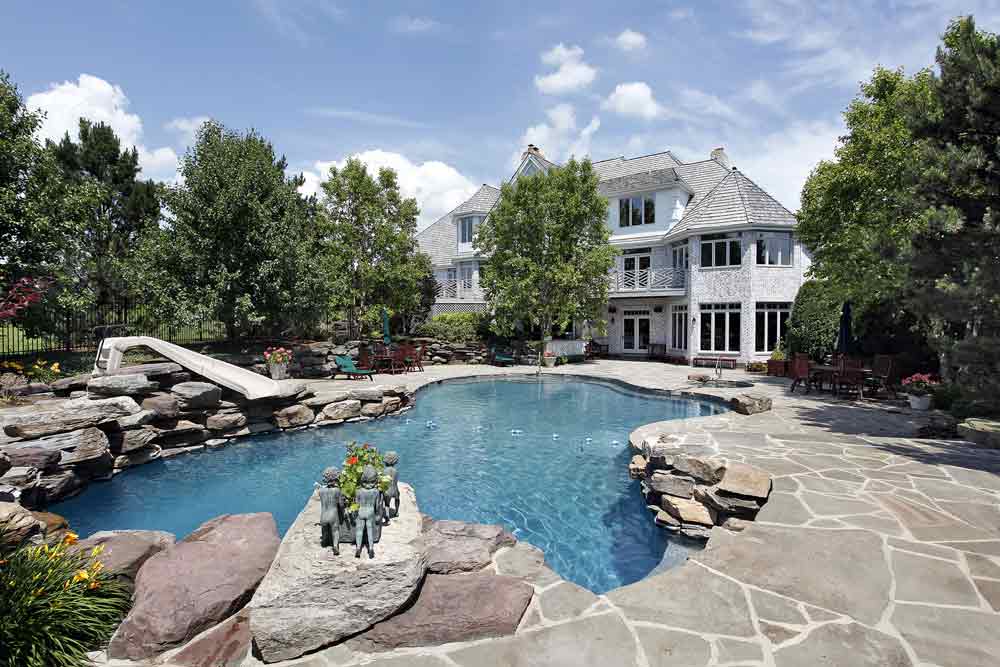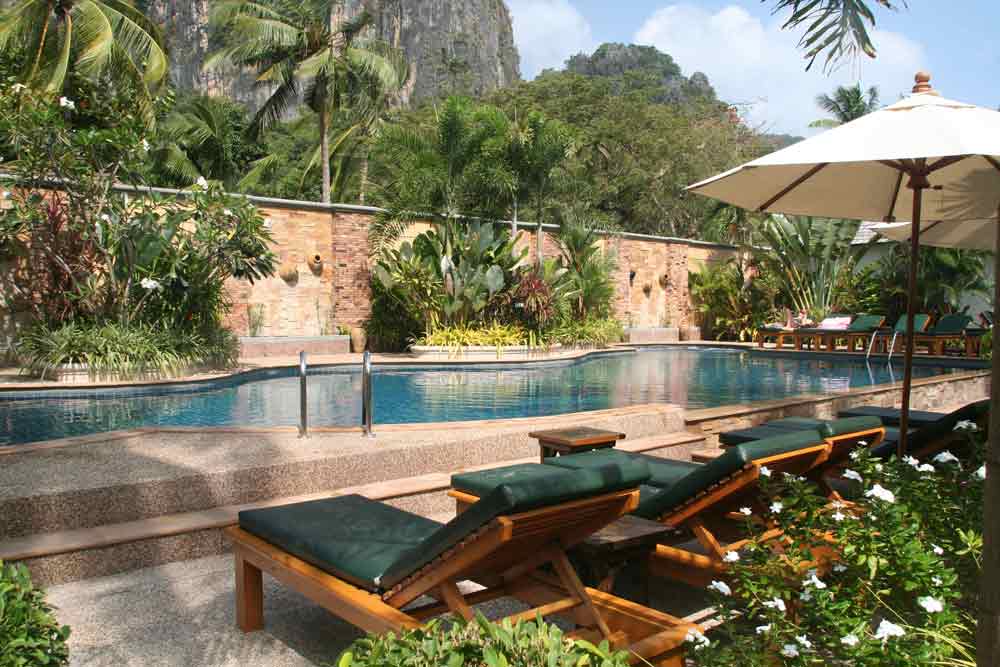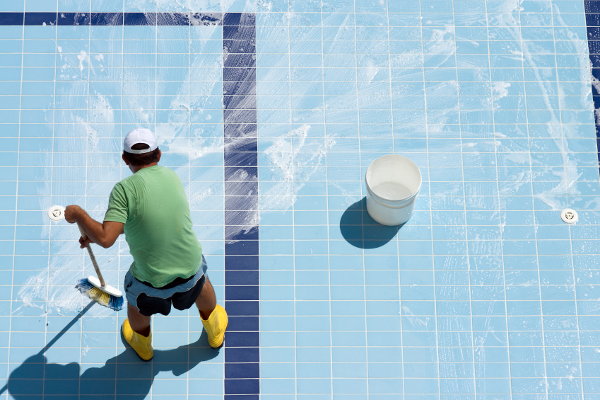If you’re considering an inground pool, you are probably also considering installing an underwater pool light. As we work with hundreds of folks throughout Texas each year we have the opportunity to answer tons of questions about pool lighting. In this article, we’re going to tackle some of the most popular inground pool lighting questions we receive on a daily basis. Let’s jump right in!
Why should I light my pool?
First of all, lighting your pool will allow you to take full advantage of your pool both day and night. Many folks find night swimming a wonderful experience, but it’s simply not the same without ambiance of the reflective light that an underwater light provides. Lighting your inground pool also allows peace of mind when watching little ones swim after dark as it adds better visibility throughout the entire pool.
Do pool lights have to be installed during construction, or can they be added later?
Some pool accessories can be added later, but pool lights don’t offer that flexibility…not without major renovation work anyway. We would suggest if you’re remotely considering a pool light, it’s best to have it installed during construction.
How many lights do I need?
It depends on the type of light, but we currently use the smaller LED lights like the Glob right or the Pal 2000 in our fiberglass pools and suggest that one light, at a minimum, will adequately illuminate a pool up to 30’ long. Pools longer than 30’ will require two lights. Please note that this is a bare minimum, most folks end up getting two lights in any pool, and some even have us install three on very large pools.
What are my lighting options and what are the pros and cons of each?
The predominant pool light on the market today is LED, but fiber optic lighting as well as incandescent lighting are also available. Let’s take a closer look at each.
LEDs -. LED stands for Light Emitting Diodes, illuminated by the movement of electrons within a semiconductor material. LEDs have no filaments, so they emit no heat. LEDs also change colors and have several light show settings. LED bulbs have a very long life span…about 30,000 hours compared to the 5,000 hours of the incandescent and the 6,000 hours fiber optics. That's the equivalent of SIX incandescent replacements and FIVE fiber optic replacements.
Fiber Optics – Fiber optic pool lights hit their peak in the early 2000’s and have lost market share with the widespread use of LED technology. The design of fiber optic pool light is unique in that the light bulb is actually located in a dry box on top of the pool patio. The light from this bulb travels through fiber optic cables a special fitting within the pool wall where the cable ends and the light shines out into the pool. Some fiber optic lights have a color wheel located within the box which the light shines through, causing the light in the pool to change color.
The major disadvantage of fiber optic lights is they are simply the least bright of all the lighting options, plus as we will see later, they are very expensive, especially for the amount of light they emit.
Incandescents - Incandescents work by electrical current passing through a wire, known as filament, to heat up. The filament glows producing the bright light associated with an incandescent bulb. Two disadvantages of incandescent bulbs are that in order to change color, a colored lens must be placed over the pool light inside the pool, which was fine twenty years ago, but a bit antiquated today. Secondly, the bulb life is much shorter than that of LED bulbs.
How much do inground pool lights cost?
At the time of this writing, full size LED pool lights, like what are typically installed in Vinyl or Concrete pools, usually cost between $1,000 and $1,500 installed. The smaller LED lights like the Pentair Glob rite or PAL 2000 typically cost between $700 and $900 installed. Fiber optic pool lights are usually around $1,300 to $1,700 installed, and full size incandescent pool lights are typically in the range of $450 to $650.
What maintenance is required?
The only required maintenance for any pool light is bulb replacement. Regardless of the type of light, you should never have to lower the water level in the pool to replace the bulb. In some cases, you can loosen a single screw, elevate the bulb housing above water level and replace the bulb. This process only takes five to ten minutes. Other lights, however, require that the entire housing be replaced, which takes a little longer but still not a major ordeal, especially considering the average bulb lasts many, many years.
Fiber optic bulb replacement is very simple as you simply remove the box cover, located on or near the patio, and snap in a new bulb.
Bulb replacement costs at the time of this writing are as follows: Large LED-$450-$650, small LED-$50-$350 depending on the model, Fiber optic-$20-$60, and Incandescent- $30-$70.
Are pool lights safe?
In short, yes they are extremely safe, so long as they are installed according to manufacturer’s specifications and compliant with local building codes. Modern pool lights, installed correctly, are virtually risk free.

 If you have simple floodlight or other basic pool lighting, think about upgrading to LED lights. LED pool lighting is more energy efficient than traditional options, which at least somewhat offsets the higher cost of installation. Besides, there’s probably no cheaper way to transform an ordinary pool into a glamorous backyard oasis. LED lights can be installed below the water or anywhere in the pool area, and come in all different colors. They make it easy to add your own personal sense of style to your pool scape.
If you have simple floodlight or other basic pool lighting, think about upgrading to LED lights. LED pool lighting is more energy efficient than traditional options, which at least somewhat offsets the higher cost of installation. Besides, there’s probably no cheaper way to transform an ordinary pool into a glamorous backyard oasis. LED lights can be installed below the water or anywhere in the pool area, and come in all different colors. They make it easy to add your own personal sense of style to your pool scape.






















